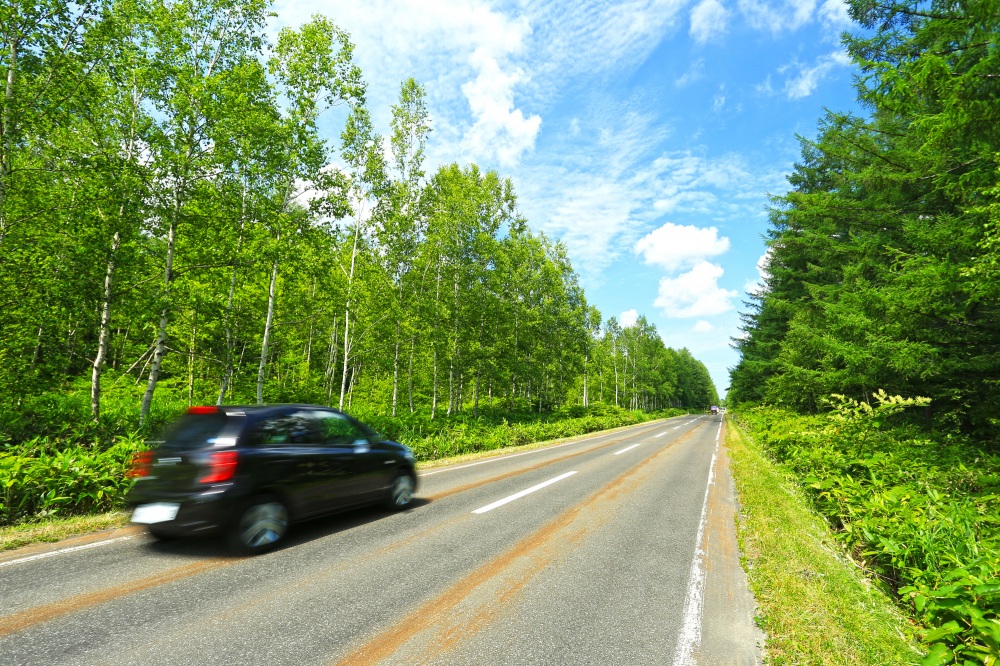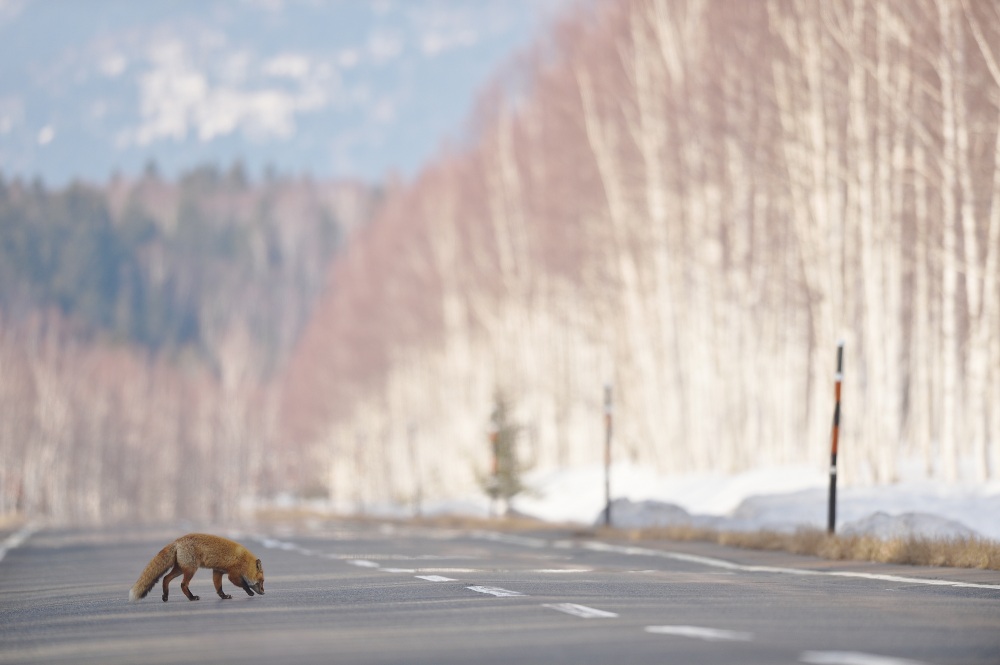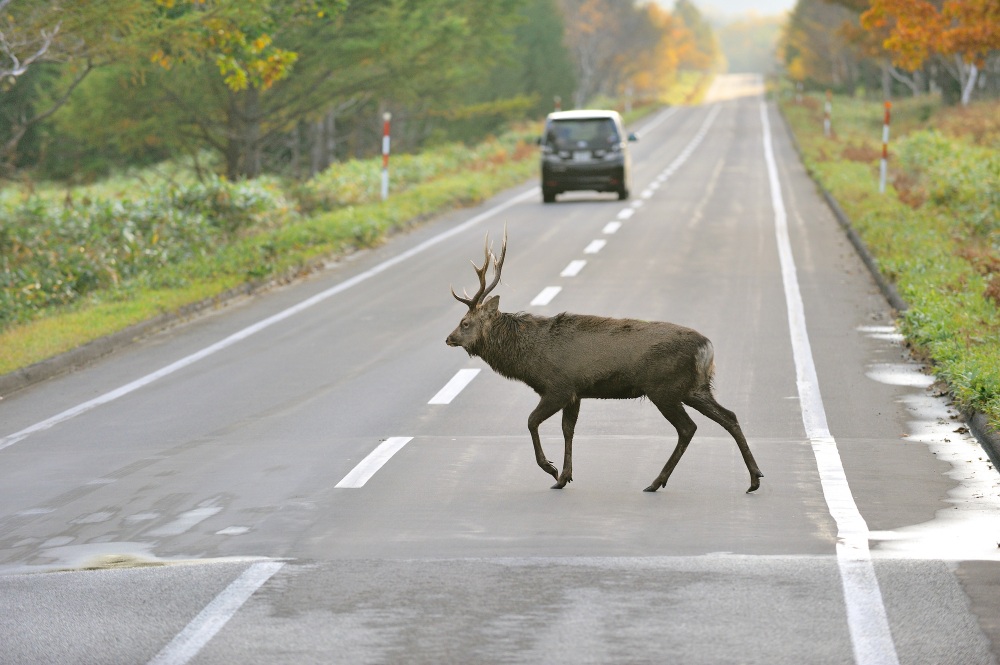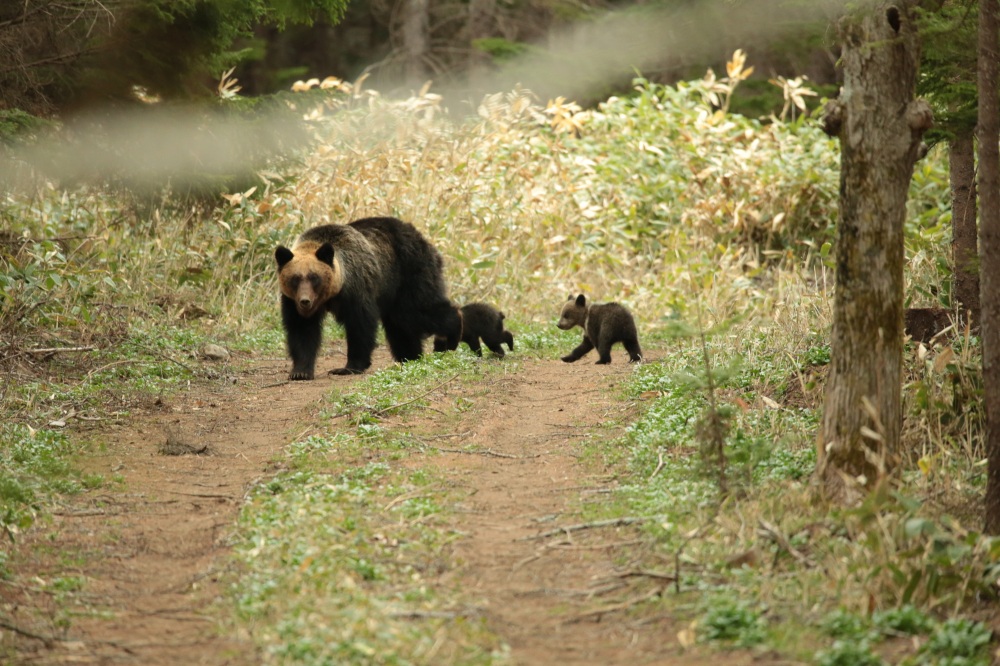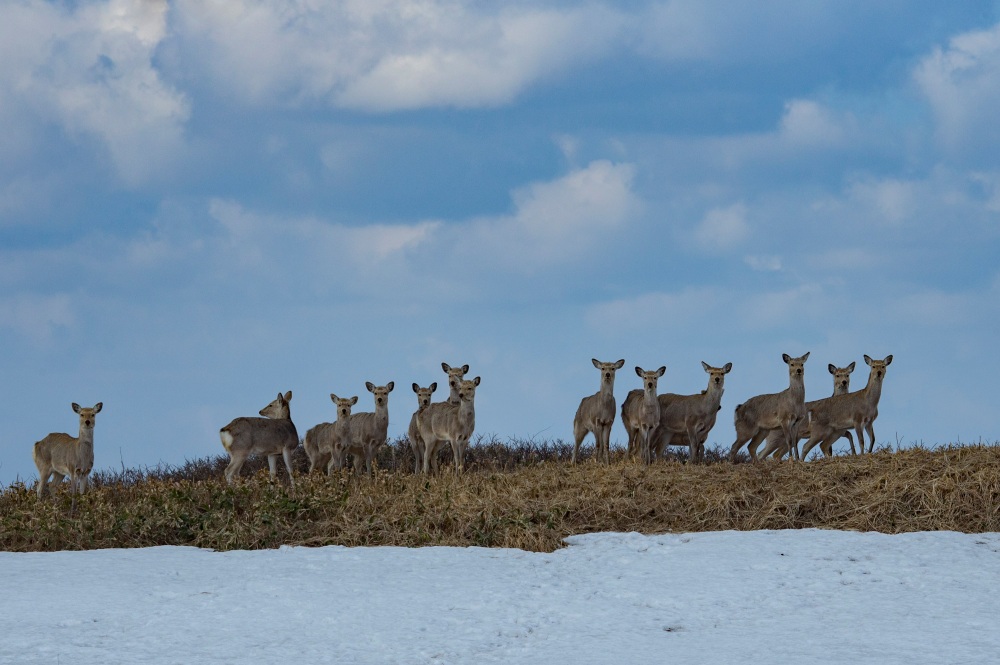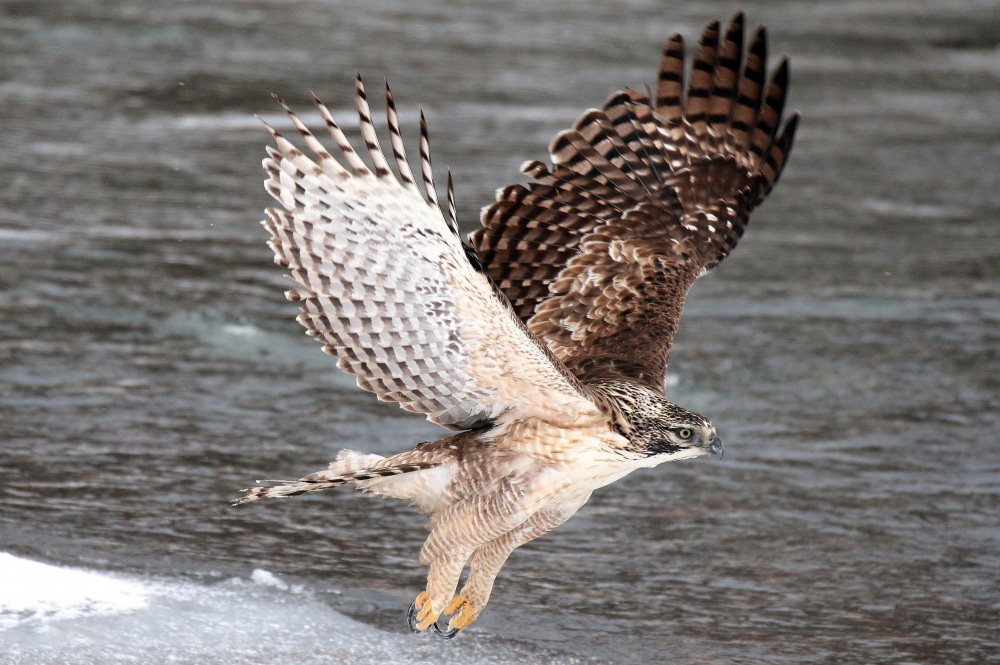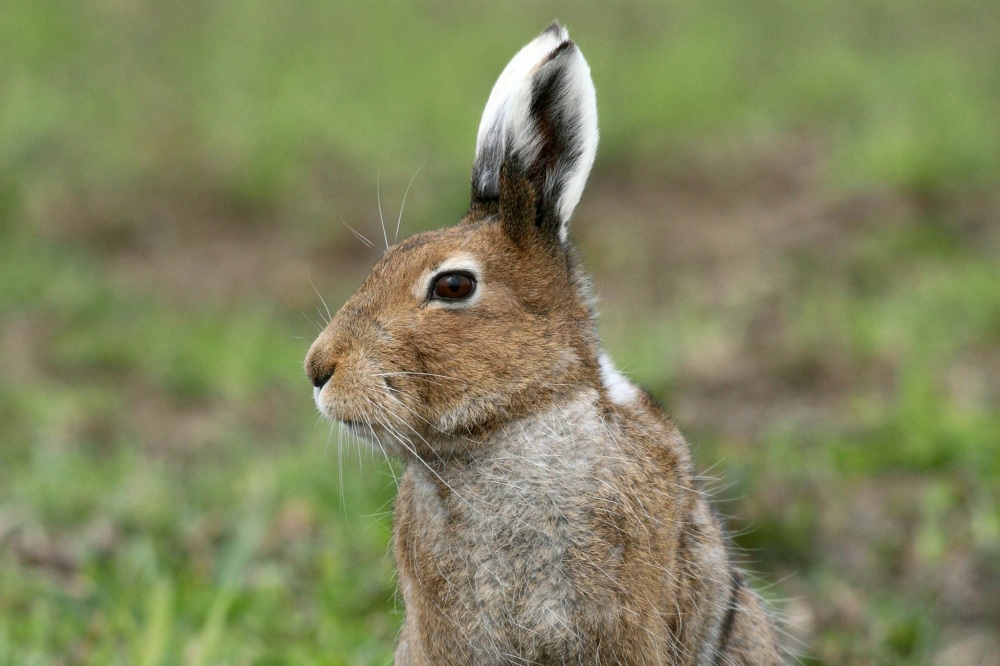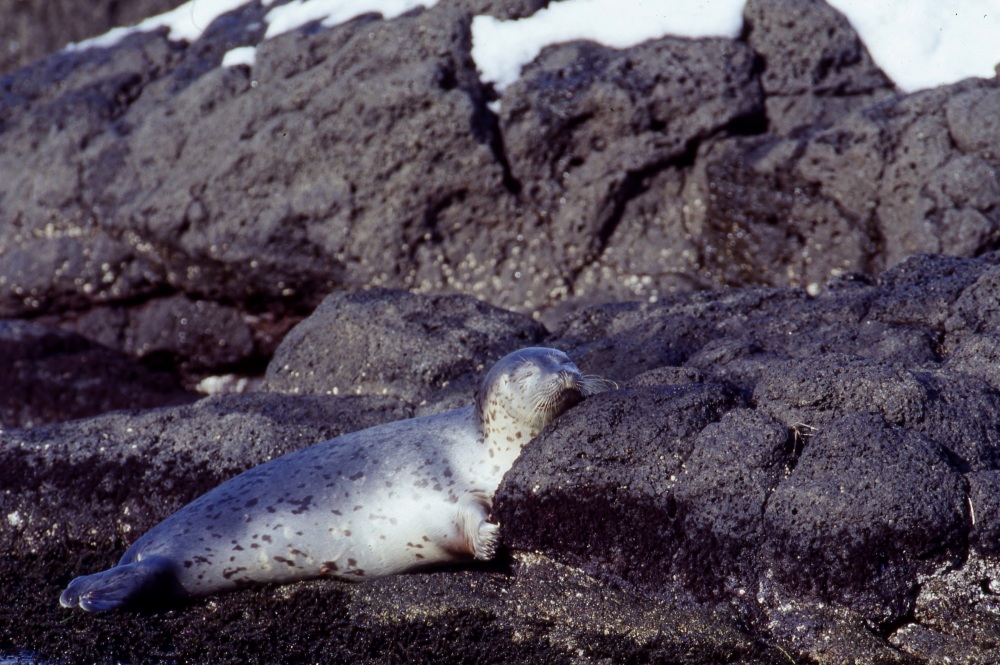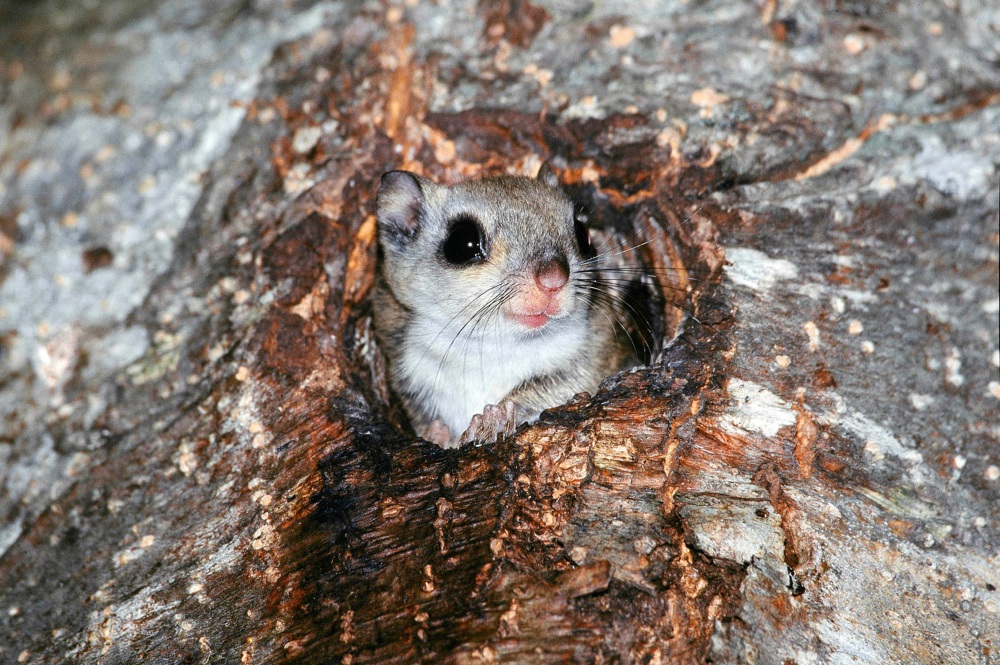Useful Information for Your Trip
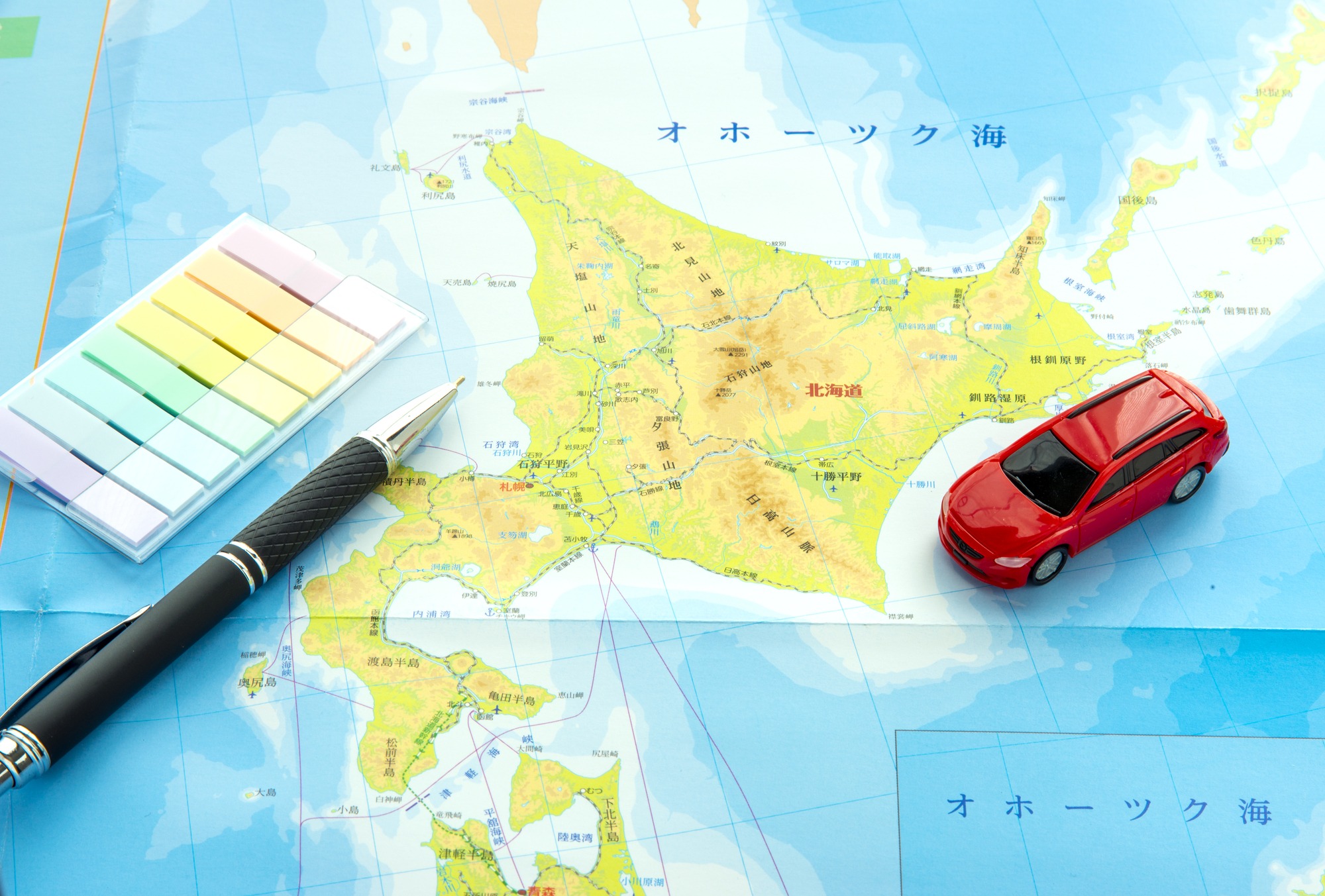
Taking a trip to Hokkaido? Before you go, check the temperature in Hokkaido, appropriate clothing for each season, driving tips, and other useful information.
Gather essential information for your trip to Hokkaido and make the most out of your travels!
- * Please note that the text shown on this page includes machine translations.
Useful information on the clothes and shoes to wear each season
Hokkaido is the northernmost island of Japan. A characteristic of Hokkaido's climate is the significant difference between the highest and lowest temperatures in a month, and even between the temperatures in the morning and evening of a single day. It is very important to choose clothing that is suitable for Hokkaido's unique weather. This section features some recommendations of what to wear and useful items for each season, so please use them as a reference for your trip.
*Temperature: Data from the Japan Meteorological Agency from 1991–2020
・What to wear in spring (April–June) and summer (July–August)
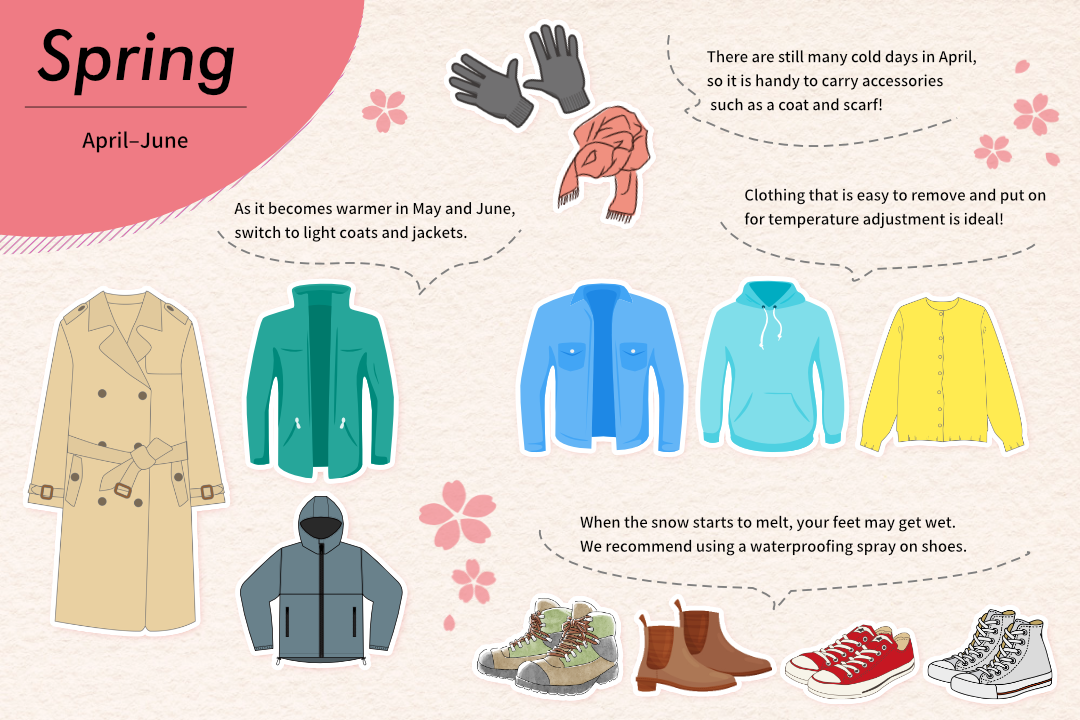
What to wear in spring (April–June)
Spring is when various flowers start to bloom, including the cherry blossoms that are symbolic of Japan. Hokkaido's cherry blossoms reach full bloom in early May, painting the sightseeing spots in various shades of pink.
From April to June, Hokkaido is as warm as Tokyo is in March. The days are still cold, and there are also places where the snow falls in April.
● April
・In addition to a coat, it is useful to have additional items to help you stay warm depending on the temperature, such as gloves and a scarf.
・Many places still have snow on the ground, so please wear non-slip shoes.
●May–June
・The temperature may drop rapidly n the mornings and nights, so do have a light coat or jacket on hand.
・We recommend wearing layers, such as cardigans and parkas, to make it easier to adjust your dressing to suit the temperature.
[Reference: Average temperature in April] Sapporo 7.3℃ (Tokyo 14.3℃)
[Reference: Average temperature in May] Sapporo 13℃ (Tokyo 18.8℃)
[Reference: Average temperature in June] Sapporo 17℃ (Tokyo 21.9℃)
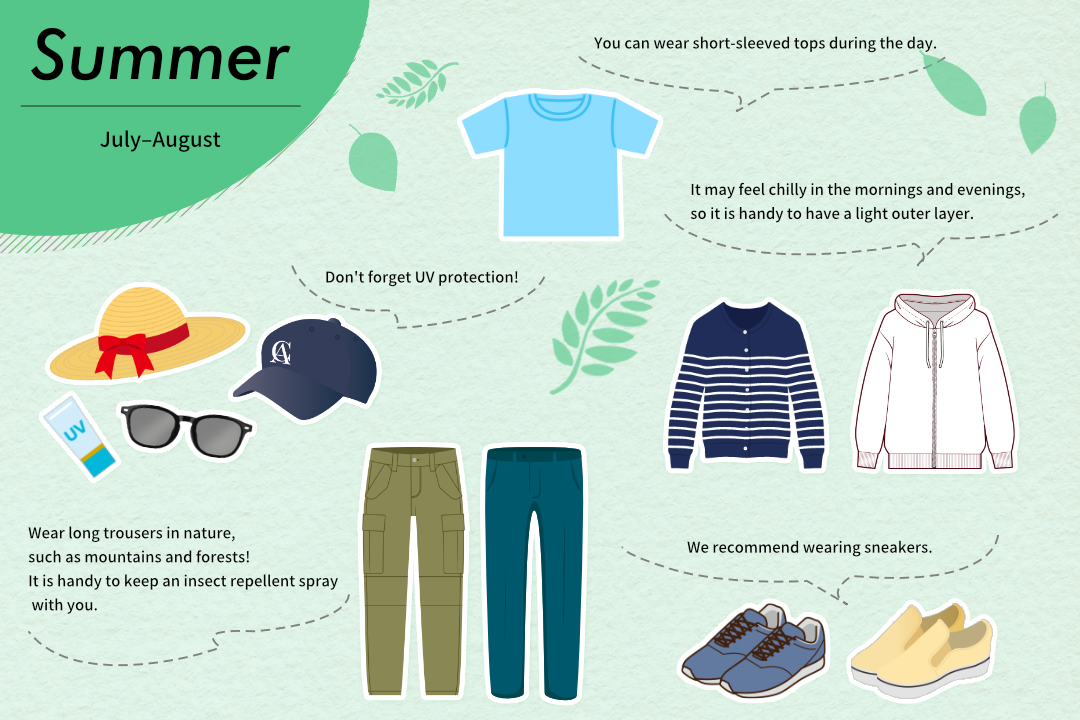
What to wear in summer (July–August)
The flowers blossom in full glory in July and August, creating a vibrant and colorful landscape that spreads far and wide across Hokkaido. Lavender fields, which are representative of Hokkaido, are among the most popular due to their beauty. Visitors can also enjoy activities that make the most of the natural environment, making this the best season for travelling around Hokkaido.
The weather at this time of the year is dry and comfortable, and you can even get by with wearing short-sleeved tops in the day. It may feel a little chilly at places with high altitude, after sunset, and on rainy days. In view of the temperature difference between the days and nights, it is useful to have a parka or light cardigan with you.
It is important to be careful if you are going to places with abundant nature for activities such as mountain climbing or trekking. To avoid getting injured or insect bites, it is best to wear long trousers.
[Reference: Average temperature in July] Sapporo 21.1℃ (Tokyo 25.7℃)
[Reference: Average temperature in August] Sapporo 22.3℃ (Tokyo 26.9℃)
・What to wear in autumn (September–November) and winter (December–March)
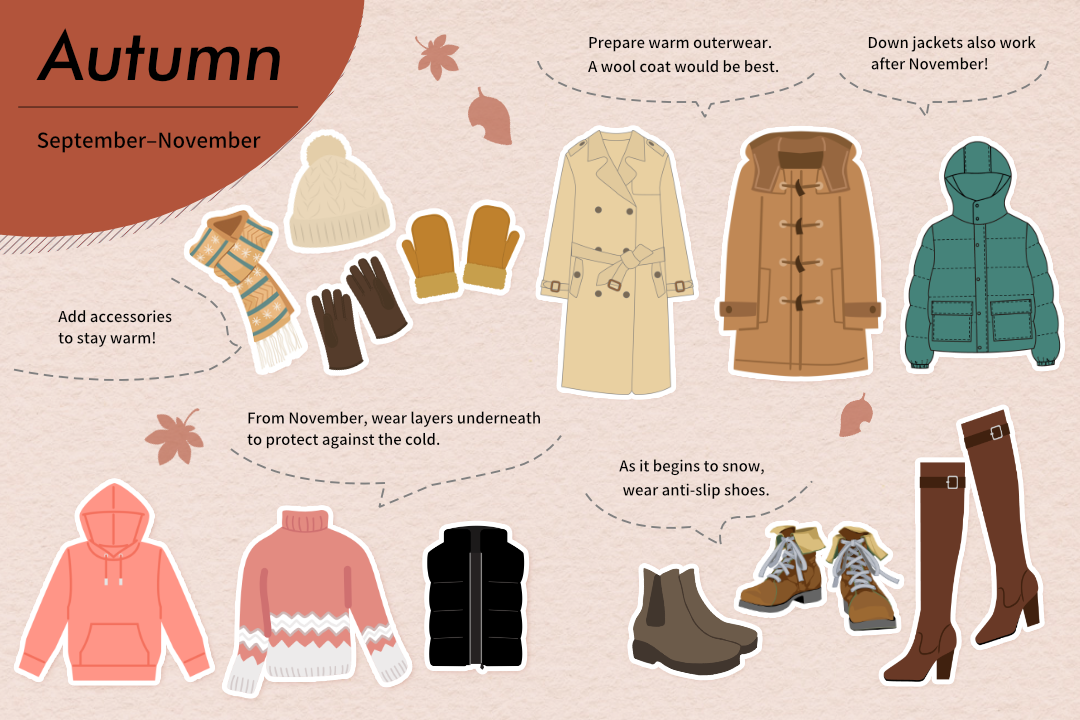
What to wear in autumn (September–November)
Autumn is the season of harvests. Hokkaido's food produce, such as fish and fruits, is even more delicious during this season, and we recommend taking a gourmet tour. The leaves start turning red from September, so you can enjoy the brilliant colors everywhere. The first snows start falling from the end of October to early November.
Autumn in Hokkaido is a difficult season for choosing your attire and the things to bring with you. Although early September is as comfortable as summer, the mornings and evenings turn chilly around mid-September. Autumn turns quickly into winter around late October to early November, so it is important to take the proper measures to stay warm.
●September
・Prepare long-sleeved tops and a coat as it turns chilly in the mornings and evenings.
●October–November
・Prepare items to help you stay warm, such as a light down jacket or a thick coat.
・It is useful to have a scarf and gloves from late October and November.
●November
・The first snows start falling around this time. Have a light down jacket or thick coat as your outerwear, and wear inner layers to make it easier to adjust your dressing to suit the temperature.
[Reference: Average temperature in September] Sapporo 18.6℃ (Tokyo 23.3℃)
[Reference: Average temperature in October] Sapporo 12.1℃ (Tokyo 18.0℃)
[Reference: Average temperature in November] Sapporo 5.2℃ (Tokyo 12.5℃)
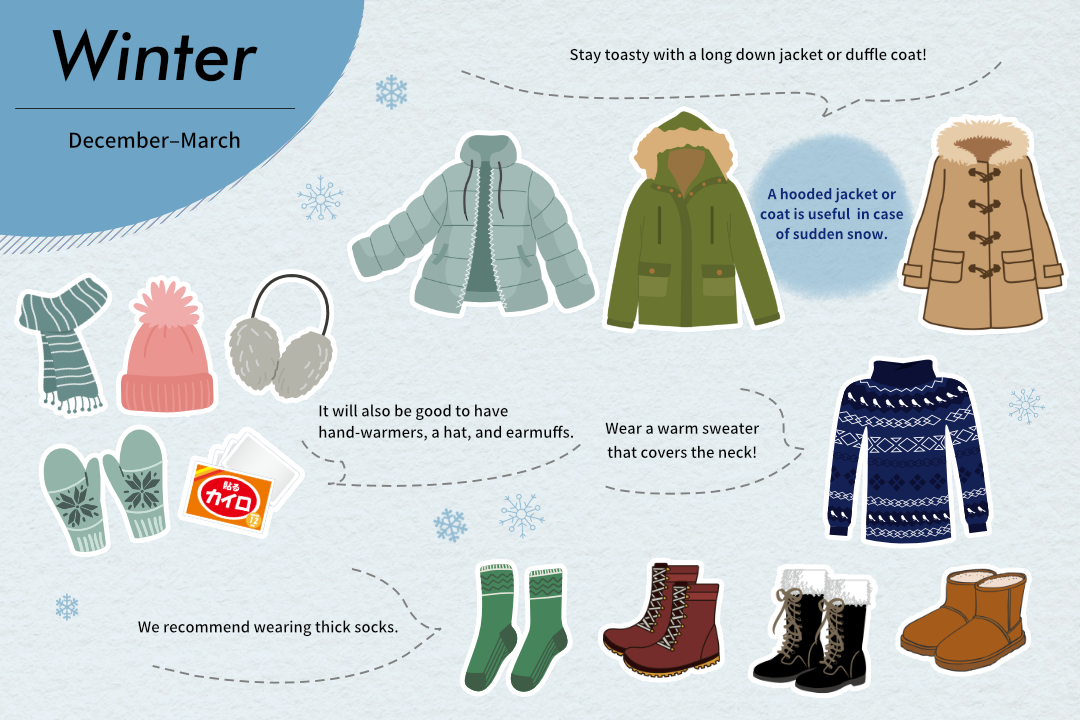
What to wear in winter (December–March)
This is when you can experience an authentic Hokkaido winter. Enjoy the beautiful streetscapes dressed in winter whites, the snow festival, and light-up events. Another attraction of this season is the chance to partake in winter-only activities.
The weather turns cold suddenly in December, and the average daily temperature drops below freezing point even in Sapporo. Even when it is warm during the day, it can get very cold at night, so take proper measures to stay warm even on sunny days. It is necessary to do more to stay warm outdoors during mid-winter, which lasts from December to February. As rooms and cars tend to be heated, it is convenient to wear layers that can be taken off and put back on easily.
●December–March
・We recommend wearing well-insulated innerwear. Note that jeans are difficult to dry if they get wet.
・You can increase the warmth simply by layering an inner down layer under your outerwear! A thin and foldable inner down layer is convenient to carry around on your travels.
・Keep your toes warm by inserting a special heating pad for shoes when attending an outdoor event.
・It is essential to have items to help you stay warm, such as thick tights, a scarf, and earmuffs.
・A large blanket scarf is a useful item can be wound around your neck or placed over your legs.
[Reference: Average temperature in December] Sapporo -0.9℃ (Tokyo 7.7℃)
[Reference: Average temperature in January] Sapporo -3.2℃ (Tokyo 5.4℃)
[Reference: Average temperature in February] Sapporo -2.7℃ (Tokyo 6.1℃)
[Reference: Average temperature in March] Sapporo 1.1℃ (Tokyo 9.4℃)
Use removable non-slip attachments for your shoes!
While it is ideal to have snow boots for the snow-covered roads, if you do not wish to buy a pair just for the trip, we recommend using removable non-slip spikes. These can be attached to your regular boots or sneakers to convert them into non-slip shoes! They are sold at convenience stores and shoe stores in Hokkaido. It may also be a good idea to buy them online beforehand.
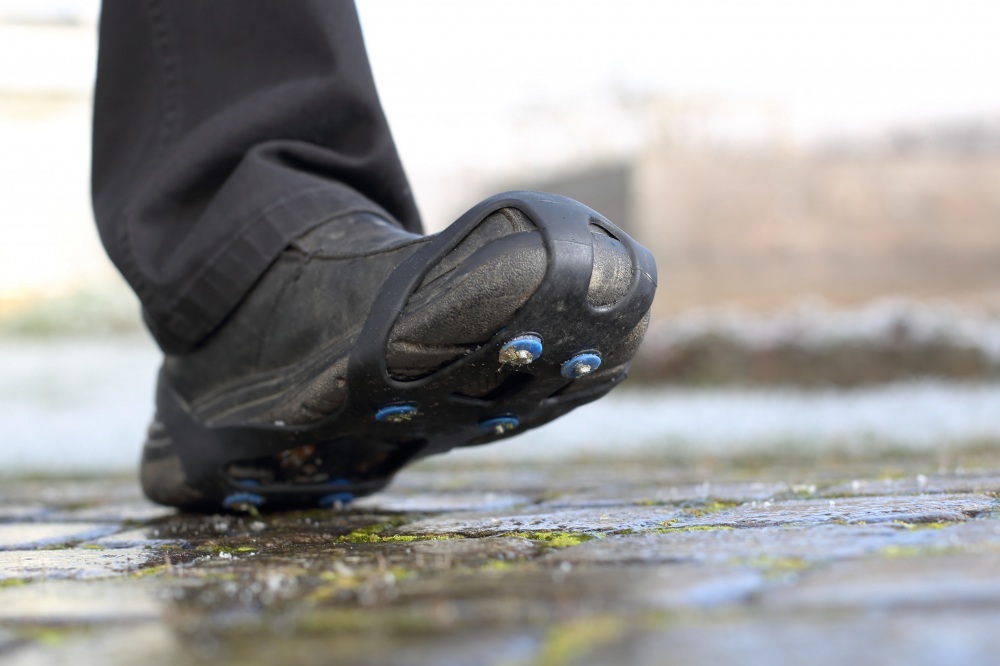
How big is Hokkaido?
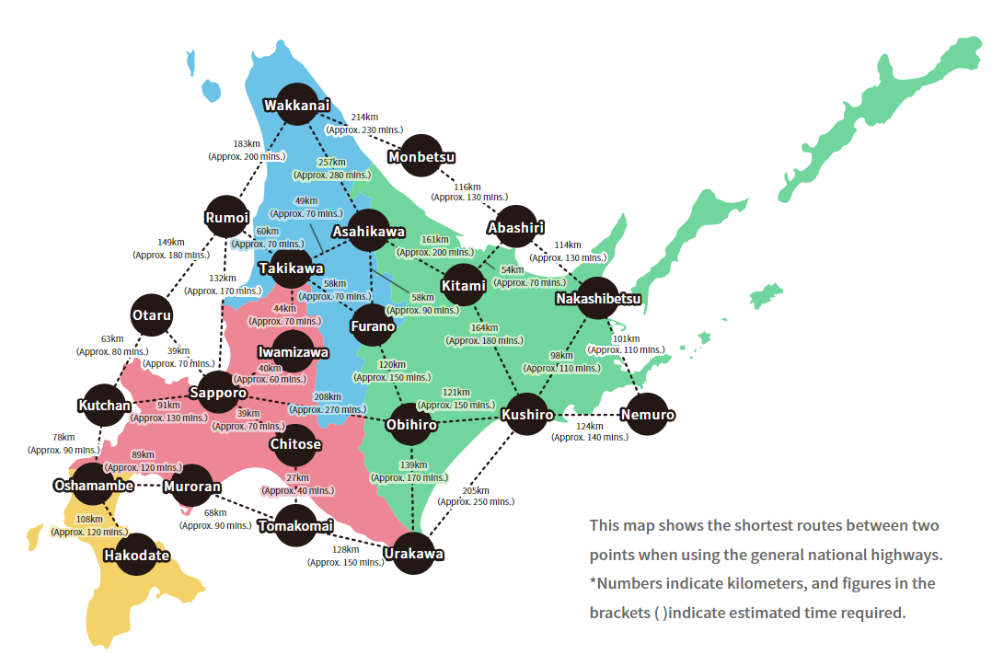
When travelling in Hokkaido, we recommend checking the distance and travel time between cities beforehand. Even for places that appear to be near to each other on a map, it may take a whole day to travel between them. If you are driving, it would be best to have at least two drivers taking turns, and drive about 300 km a day. Aim for two to three destinations for an itinerary of two nights and three days. Start with the places that you definitely want to see!
There are 12 airports in Hokkaido. It is efficient to enter via New Chitose Airport, and depart via regional airports such as Hakodate, Asahikawa, Kushiro, and Obihiro. Some rental car companies allow you to return the car at a different airport if you pay an additional drop-off charge, so remember to check it out!
Points to note when driving
It may be convenient to travel around the expansive areas of Hokkaido by rental car, but Hokkaido has its own dangers.
While the national highways are well-maintained, cities are far apart and there are many straight roads. For this reason, it is easy for drivers to go over the speed limit. Avoid going too fast as this may lead to accidents and cause delays in responding to sudden events.
In addition, due to the vast expanse of nature, animals often jump out onto the roads. Deer, in particular, weigh more than 100 kg and could seriously damage a vehicle in a collision. If you see an animal, slow down even if you are still a distance away, and always be ready to avoid it.
When driving, avoid planning over-ambitious routes and itineraries, and use the convenient highways where possible. There are few gas stations and hardly any 24-hour stores in the mountainous regions, so be mindful of refueling beforehand. Driving in winter carries many risks, such as frozen road surfaces and snowy roads, so avoid doing so if you are not accustomed to it.
Have an enjoyable but safe drive.
Unique road signs in Hokkaido
Hokkaido is surrounded by nature and experiences heavy snows in winter, so there are certain road signs that are unique to the region. It is useful to know about them!
- A pole with a pointed arrow
- A road sign with red and white striped arrows pointing downward. In winter when the white lines indicating the boundary between the road and the shoulder are obscured by snow, this sign helps drivers to tell where the boundary is. This sign serves as a reliable guide in times of poor visibility, such as during a blizzard.
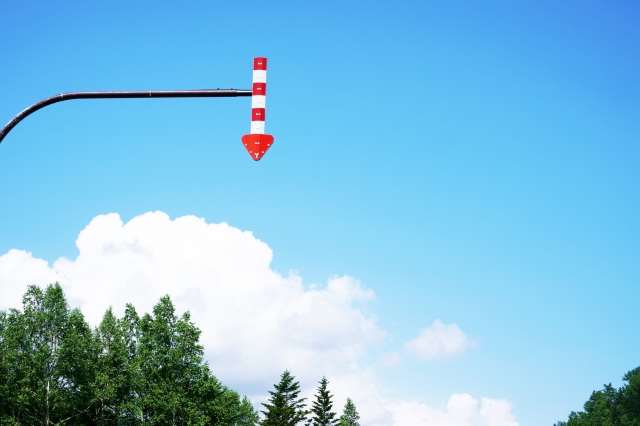
- Signboard with a stop line
- Like the pole with a pointed arrow, this sign displays the stop line so that drivers can tell where to stop even when the stop line on the road is obscured by snow. As there are also stop lines in places other than before a traffic light, pay attention to the sign and stop when you need to.
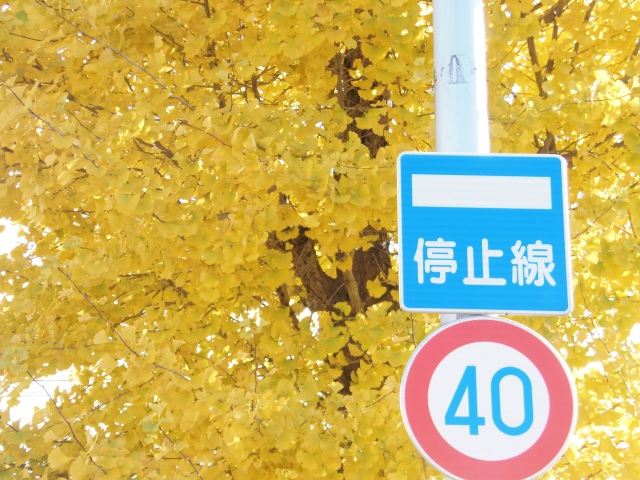
- "Caution: Animals" sign
- Wild animals and grazing cattle may come onto the road and try to cross. Particularly in areas where animals are more likely to pass through, there are signs that indicate "Caution: Animals." The pictures on the signs depict various animals such as cows, deer, and red foxes. Be careful and mindful of the fact that we are entering the natural habitats of these animals.
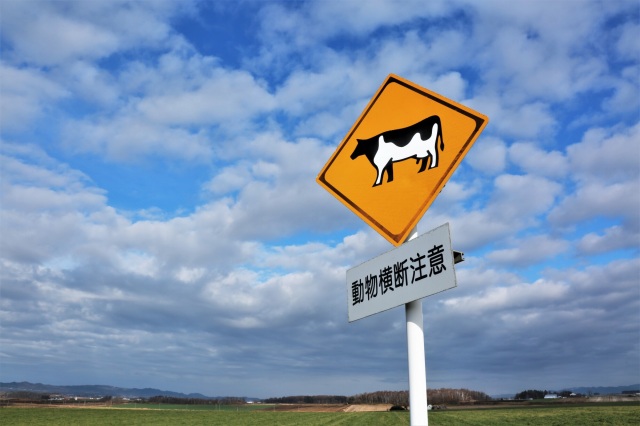
When you encounter wild animals
It is common to encounter wild animals in the suburbs. Animals such as red foxes and deer look adorable so you may want to touch them, but you should not approach them or feed them. This is because diseases carried by wild animals could be transmitted to human beings. Moreover, if wild animals become used to receiving food from human beings, they may lose the ability to survive in the wild. Be sure to watch them from a distance.
If you come into contact with a large animal while driving, dial #9910 and make a report. Instead of leaving it there or trying to touch it, it is best to wait for instructions.
From late summer to early autumn, wild bears may enter human settlements when there is a lack of food. Particularly if you are visiting brown bear habitats such as the mountainous regions and Shiretoko, bring along a bear bell and take self-defense measures according to the local warnings. Remember to obtain the necessary information in advance.
Ranking of popular articles
- Hokkaido Summer Travel Guide
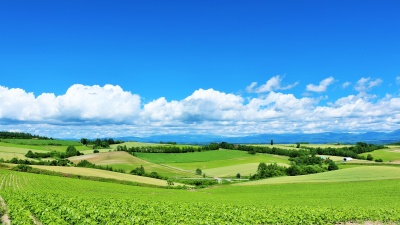
- https://www.visit-hokkaido.jp/en/feature/travelguide_summer
- Hokkaido Spring Travel Guide
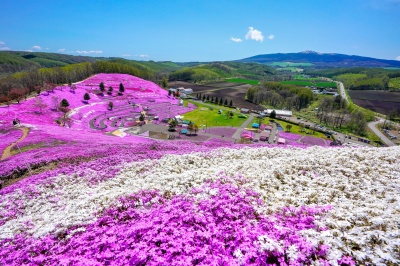
- https://www.visit-hokkaido.jp/en/feature/travelguide_spring
- Here are the recommended cherry blossom viewing spots!
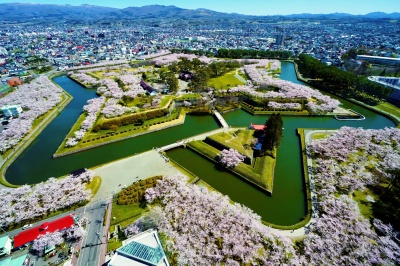
- https://www.visit-hokkaido.jp/en/feature/sakura
- 4 spots to observe red-crowned cranes
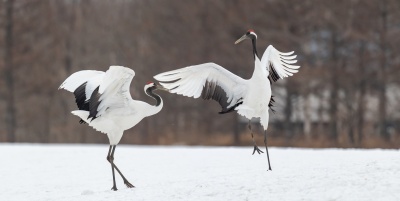
- https://www.visit-hokkaido.jp/en/feature/tancho
- Furano's 8 Sightseeing Spots! Thorough introduction of famous lavender, local delicacies and souvenirs!
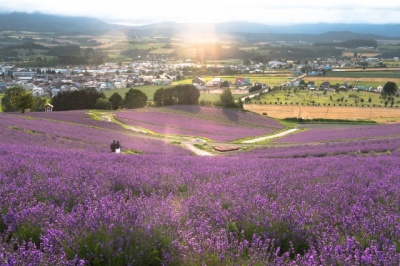
- https://www.visit-hokkaido.jp/en/feature/furano
